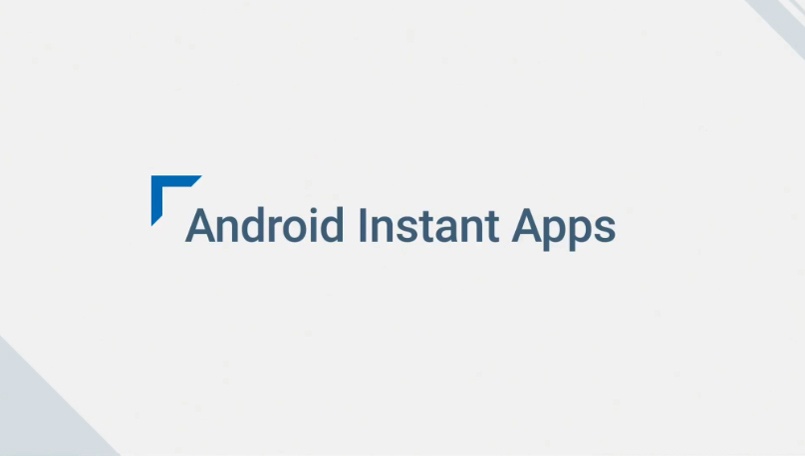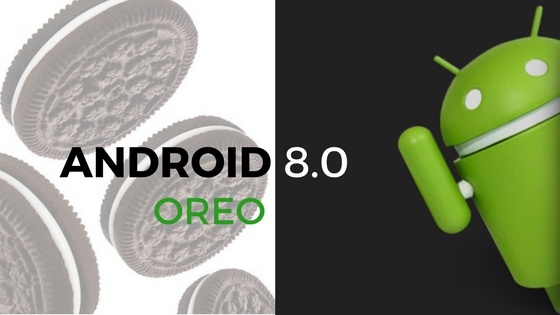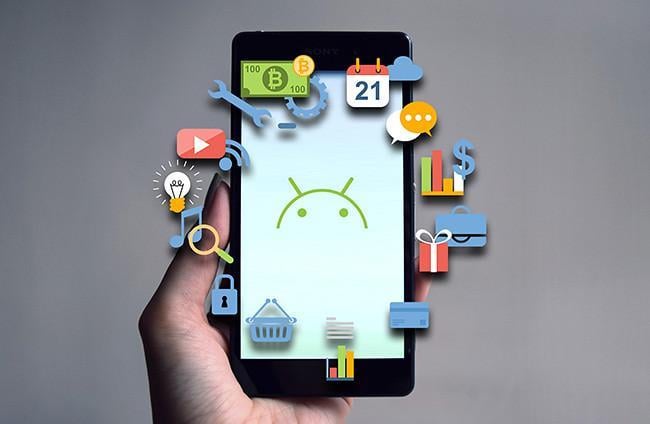

At Google I/O 2016, we saw the first look of Instant Apps which meant to try the app before installing it from Google Play Store. Android Instant Apps acts as a sort of bridge between web app and native android applications to allow user to use specific part of application. This will not only save user’s time and effort but also allow companies and brands to let user have a look into their application before installing it.
The distinction between downloaded and instant apps may seem insignificant, but there is a difference in user experience and that too an important one – Android Instant Apps can be used as soon as the user selects the app in a web link, instead of only after the app has been downloaded, installed, and opened.
Instant apps are modularized so that only relevant activity of app is downloaded after the user taps the Instant App URL. Android Instant Apps would run on a majority of devices that use Google Play services.
Enable Instant apps on your phone
To enable instant apps on your phone (available only on Nexus 6P and Pixel as of now), follow these steps
- Navigate to the Settings menu
- Tap "Google" under the Personal category
- Under "Service" category select Instant Apps
- Tap the toggle to turn on the feature
The above listed app do exists in the search result of Google with Instant keyword. Once the Instant App loads, user can use it just like any other app downloaded from Google Play Store. In the Instant App Wish, user can browse through products and even order products without installing the app from Google Play Store.
If you do want to download the Instant app that is being currently used without going to search it on Google Play Store then it is done by pulling down the notification shade and reaching to App Info. From here you can install the app, clear the app’s data, and even see which permissions has been granted. Tapping the Install button will allow to install the app right from that screen. If you do want to view the Google Play Store listing, just tap the overflow menu button (three vertical dots), then tap View on Google Play.
For app owners & developers
For developers, supporting Instant Apps isn’t quite as easy as adding AMP(Accelerated Mobile Pages) support to a web site, though. They first have to modularize their apps so that the smaller modules which are built can run as fast as possible (and without any access to the full app).
- Runtime permissions: Android Instant Apps use runtime permissions, which was introduced in Android 6.0. As Android Instant Apps framework ensures that these features work correctly on earlier versions of Android therefore, please make sure the app that needs to support Instant Apps is targeting Android 6.0+ and do implement runtime permissions.
- Remove unneeded bulk: Get rid of any unneeded dependencies, libraries or permissions. This will reduce the size of the app.
- Unsupported feature: Move unsupported features to a separate library that is loaded with the installed application, but not available as Instant App. Some of the unsupported features are: broadcast receivers, background services, content providers, and push notifications. Instant Apps cannot access the external storage, and interact with activities in the app using intent, receive broadcasts, access GCM, access device identifiers, change settings. Most of this functionality is restricted to Instant Apps to protect the user.
- Refactor Code: Refactor the code where necessary. The module must be less than 4MB in size. For modules greater than 4MB, developer needs to refactor the code into smaller modules so that they could be downloaded and run independently in response to URL navigation.
- Android App Links: Support URL-based navigation. This is based on App Links which was introduced in Android 6.0. Navigation to an activity and between activities is done via URL links associated to those activities. The user is directed to a specific activity within our app when they tap the instant apps link to our app.
The full SDK for enabling Instant Apps on Android will be available in the coming months. As of now, Google has only run pilots with limited number of app providers.
Future
Developers do not need to build two different apps instead need to configure the project to have the installable APK and the instant apps version. The effort while building both the artifacts varies as it completely depends on the structure of APK. Overall, the process seems to be pretty seamless. Importantly, Instant Apps are still slowly rolling out to the users, so you may have to wait a little longer to access the feature and earn the seamless experience.
There isn’t any doubt that Instant Apps will be a huge hit in the future, they do have large number of prospects, especially for eCommerce applications.
If you would like to know more about how you can use this in your Android app, get in touch and lets get started.

App development trends to watch out for in 2019
Technology is continually developing. These days mobile is an augmentation of us as a human. Consider it we use and depend on our cell phones for;...
 Read More
Read More



